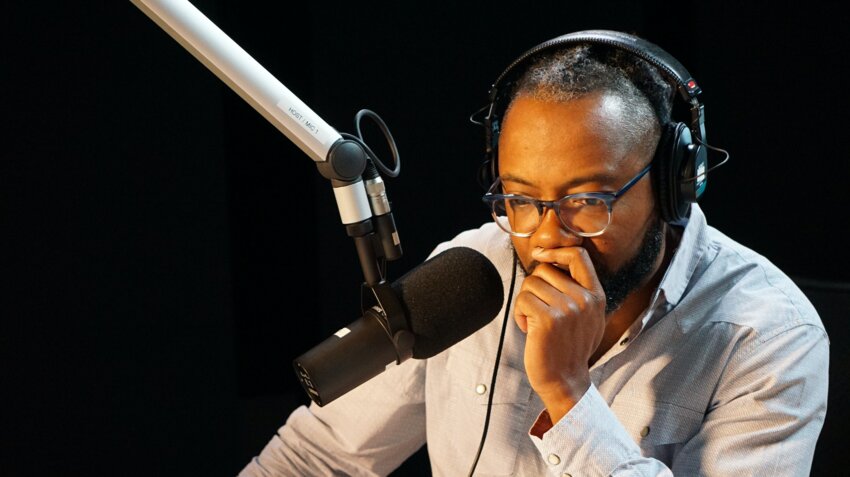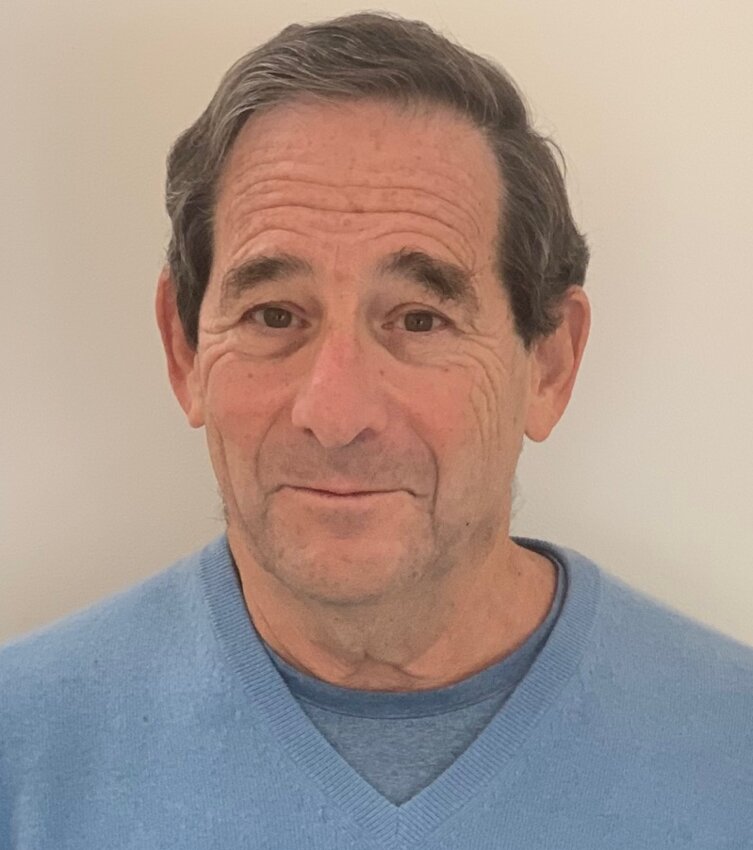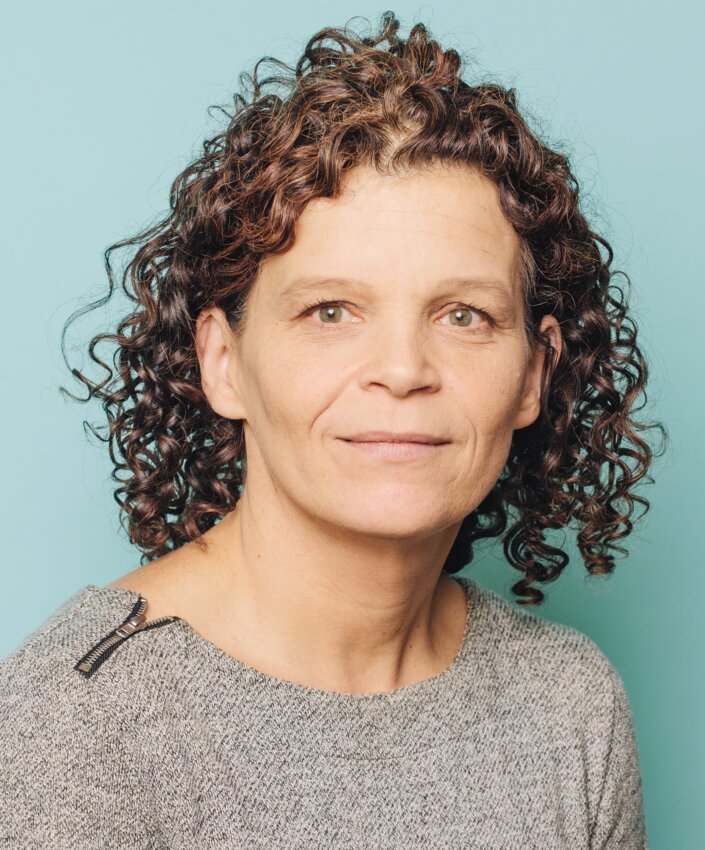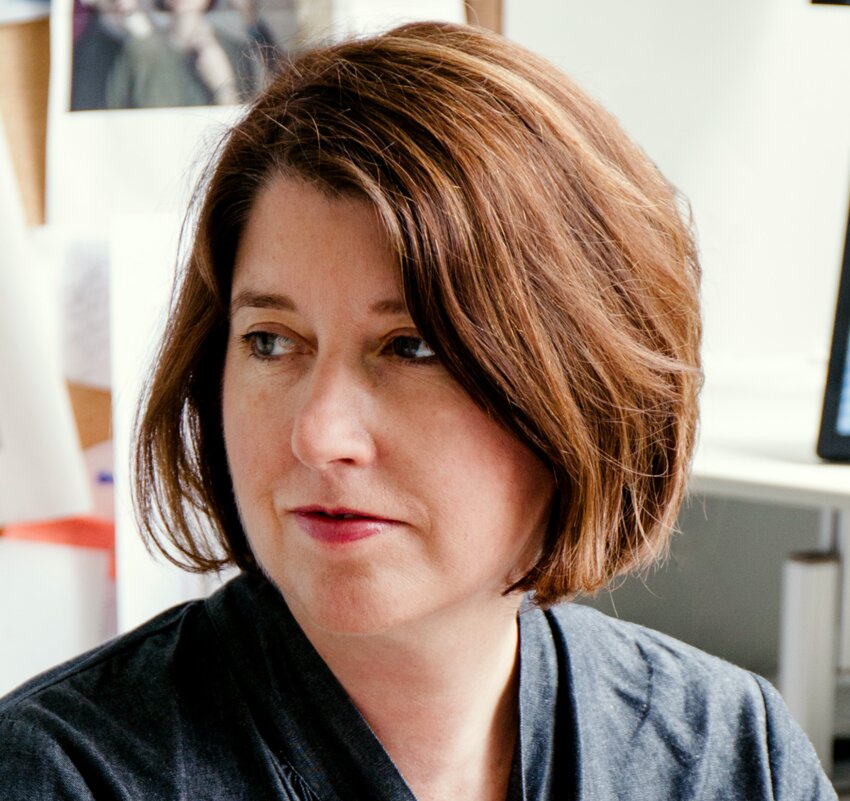Despite newsroom closures, the loss of jobs and the corporate takeover of many news outlets, editors and journalists courageously continue to report the news essential to a democratic, free society. With the increasing swing towards authoritarianism, the widespread dissemination of disinformation and more vitriolic targeting of the news industry, the importance of investigative reporting has never been greater.
Two champions of investigative reporting, Mother Jones and the Center for Investigative Reporting/Reveal, announced their Feb. 1, 2024, merger. They are combining to counter the attacks on the press and reveal more of what many public and private institutions, monied interests and those hiding behind false patriotism would rather keep hidden from journalistic scrutiny and the public’s view. Promoting and strengthening nonprofit journalism and partnering with local news outlets to share award-winning journalism with wider audiences are two other primary goals of the merger.
Deirdre English was the editor-in-chief of Mother Jones from 1980 to 1986 and is currently a lecturer at the UC Berkeley Graduate School of Journalism. She said the merger is a good move for Mother Jones and Reveal.
“The merger should be a very healthy economic decision to expand the donor base. The Center for Investigative Reporting has a different donor pool — both small and large donors — than Mother Jones, which has the advantage of beginning with a diversified funding stream,” English said.
English explained that Mother Jones’ founders understood the publication couldn’t rely on the big advertisers that supported national journalism. Big business was allergic to Mother Jones’ kind of reporting, critiquing tobacco, fossil fuels and the beauty industry and being interested in environmental issues. To succeed, Mother Jones had to appeal to people who cared about public journalism and investigative reporting.

Mother Jones was founded in 1976 as the first nonprofit investigative newsroom in the United States, and The Center for Investigative Reporting was founded one year later in 1977. It faced many of the same advertising and funding challenges as Mother Jones. CIR’s vast public media reach of 520 radio stations, 23 state networks, a podcast, social media and the Reveal website connect with more than a million people weekly.
Mother Jones brings its enduring presence as a magazine publication, a significant bureau in Washington, D.C., its team in New York City, employees across the country and other news platforms to the merger. It reaches as many as eight million people monthly via digital, social, video and print channels.

Robert J. Rosenthal, CEO of The Center for Investigative Reporting, Reveal’s parent company, is CEO emeritus. Monika Bauerlein, CEO of Mother Jones, is the CEO of the merged company. Clara Jeffery, editor-in-chief at Mother Jones, will serve that role for the combined newsrooms.
Rosenthal will have a rather broad role that will include fundraising. However, he will also apply his vast experience to ensure any issues that may arise are addressed appropriately and fairly.
“I want to help forge a culture of respect, create internal and external collaborations and make this transition successful. I’ve grown to respect and like the people I’m meeting from Mother Jones, having worked closely with Monika and the development team during the fundraising process,” Rosenthal said.
Empowering the tradition of investigative reporting

Bauerlein said it was very important to keep both the staff and the donor base informed to ensure they would support the merger. The response has been very positive.
“The reader response after the announcement has been wonderful. Several people have written to us about how excited they are to see us put more resources into investigative reporting that they feel is so badly needed now,” Bauerlein said.
She also emphasized the importance of building an inclusive culture so everyone can do their best work and journalism is not disrupted. Both teams are very committed to the integration process.
“Strengthening our financial health was a big part of the impetus for the merger. We are at this incredibly dangerous moment for journalism and our democracy. We need to leave our individual boxes, step away from our organizational and maybe our personal egos and think about how to put more resources into journalism. It’s much easier when you’re not trying to maintain separate organizations,” Bauerlein added.
Bauerlein said another goal of the merger was to preserve journalism jobs. As nonprofits, Mother Jones and the Center for Investigative Reporting are not obligated to deliver profits to shareholders. With their strong funding support, only four positions were eliminated.

Jeffery is also pleased by the immediate enthusiasm from the staff of both newsrooms. Planning for joint projects started before the merger announcement; several are already active. In her editor-in-chief role, she guides the syncing of radio production timelines with print timelines and makes the most of the great journalists now on the combined staff.
“We know these are brands that people know and love, and we certainly don’t want to mess massively with the DNA of either. We’re both in the business of long time horizons, certainly for Reveal. At Mother Jones, we have a quicker twitch muscle in our daily news coverage, but investigative reporting for the public interest is what we both do,” Jeffery said.
Jeffery expects Mother Jones’ reporting to fuel Reveal content for its radio programs, podcasts and documentary films. The radio team will work with Mother Jones reporters, whose primary work is print and digital. The audio platform will allow follow-ups of their stories and present breaking news on beats they know well and have covered deeply.
“In this era, you must be bold, but you must also be strategic and carefully think through the staying power of initiatives on a funding front and the audience front because ultimately you want people to read and listen to what you do,” Jeffery said.
Partnering with local newsrooms

According to Rosenthal, the merger companies will be able to strengthen and add support to Reveal’s reporting network of more than 1,200 journalists. He also expects to work even more closely with the Institute for Nonprofit News (INN), the Public Radio Exchange (PRX) and other nonprofit newsrooms to form a stronger coalition to help address the need for quality information on a local community level.
“There’s a two-way street that allows us to hear from some of these small news organizations, take one of their excellent stories and present it to a national audience. I think the vast majority want to do work that helps to expose their communities to important issues,” Rosenthal said. “I also hope to help in any way I can to make some kickass stories even stronger.”
Mother Jones’ climate desk is a collaboration of 16 other publishers who share climate-related content, and, like the Center for Investigative Reporting, Mother Jones partners with several news outlets in local communities.
“A huge part of what we want to accomplish with the merger is to provide support and broader reach for local newsrooms. We know they have fantastic stories, and we can help with that. They often don’t have the investigative capacity or the broader platform to share them with the people who should see them,” Bauerlein said.
 Bob Sillick has held many senior positions and served a myriad of clients during his 47 years in marketing and advertising. He has been a freelance/contract content researcher, writer, editor and manager since 2010. He can be reached at bobsillick@gmail.com.
Bob Sillick has held many senior positions and served a myriad of clients during his 47 years in marketing and advertising. He has been a freelance/contract content researcher, writer, editor and manager since 2010. He can be reached at bobsillick@gmail.com.
Comments
No comments on this item Please log in to comment by clicking here